Chard of Colors: [Characteristics, Cultivation, Care and Disadvantages]
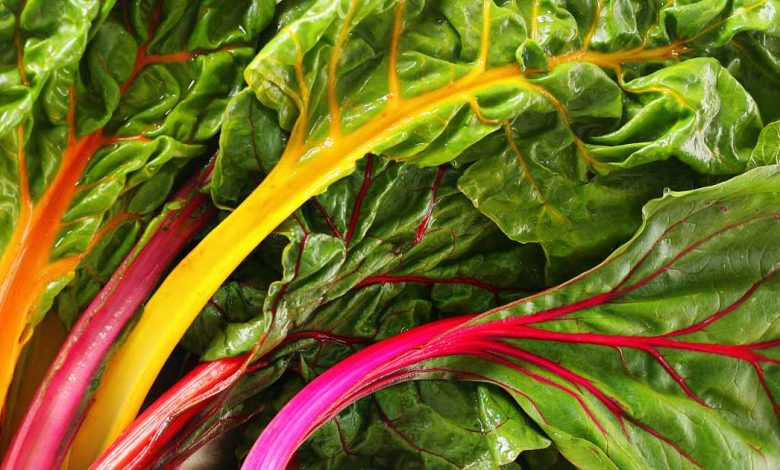
Important points when sowing a colored Chard:
- When? Colored chard can be sown from fall to winter in low-temperature geographic areas, with a maturity period of 50 to 60 days.
- Where? Colored chard grows well in some tropical and subtropical regions, as long as the crop is located in high altitudes.
- How do we water? Colored chard needs constant and frequent watering to maintain the humidity of the substrate.
- How often do we water? Colored chard should be watered once a week after planting and, as it is a plant with a large leaf mass, it needs an optimal state of moisture in the soil or substrate.
- What care does it require? The soils for the cultivation of colored chard must be fertile, light and with a clay texture. This plant has high nitrogen requirements from the moment it begins its development until the end of the crop.
- What pests and diseases affect you? Colored chard is often attacked by pests such as wireworms, gray worms, aphids, beet flies and flea beetles.
What characteristics does colored chard have?
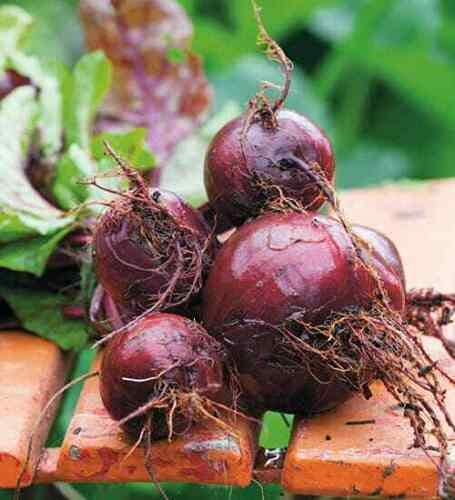 The Swiss chard plant (Beta vulgaris var) is a biennial long-cycle vegetable that does not form roots or edible fruit and belongs to the Chenopodiaceae family.
The Swiss chard plant (Beta vulgaris var) is a biennial long-cycle vegetable that does not form roots or edible fruit and belongs to the Chenopodiaceae family.
The most important feature of Swiss chard is its large leaves, with oval and heart-shaped shapes with a petiole that extends into the blade.
The petiole, also called penca, is cream or white, ribbed, wide and long, and is inserted into the stem.
Swiss chard has a floral stem that reaches an average height of 1.20 m, with sessile and hermaphroditic flowers that appear alone or in groups of two or three.
The calyx of the flowers is greenish in color and is made up of 5 sepals and 5 petals. Swiss chard seeds are contained in a small fruit that can hold 3 to 4 seeds. The color of chard can be different, depending on the variety in question:
- Green chard with white and wide leaves.
- Green chard with white but elongated leaves.
- Bressane chard with wavy white petiole of medium length.
- Yellow chard from Lyon, has a yellowish color on the stem.
- Yellow chard with petiole or white penca.
It is a vegetable widely used within the hypocaloric diet plan, due to its very low calorie intake, only 20 kcal per 100 grams.
Flower chard is a plant that provides large amounts of vitamin C, folic acid and potassium, as well as fiber and is considered a basic food in human nutrition.
Although its origins place it in the Mediterranean region, especially in the Canary Islands, studies indicate that the philosopher Aristotle mentions chard as early as the 4th century BC. Currently, there are plantations of colored chard in Europe and Asia, where it was introduced by Europeans.
When to sow colored chard?
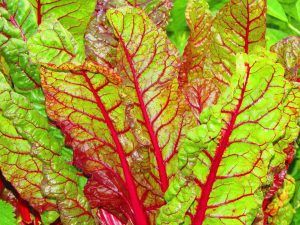 Colored chard can be sown from fall to winter in low-temperature geographic areas, with a maturity period of 50 to 60 days.
Colored chard can be sown from fall to winter in low-temperature geographic areas, with a maturity period of 50 to 60 days.
In temperate regions of the world, colored chard can be sown throughout the year, by direct sowing its seeds.
Where to plant colored chard?
Colored chard grows well in some tropical and subtropical regions, as long as the crop is in high altitudes.
How do we water colored chard?
Colored chard needs constant and frequent watering to maintain the humidity of the substrate. Gravity irrigation is the most recommended for colored chard crops.
How often do we water the colored chard?
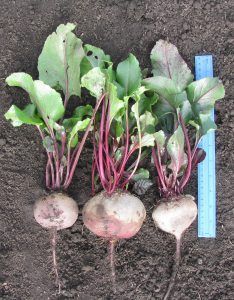 Colored chard should be watered once a week after planting and, as it is a plant with a large leaf mass, it needs an optimal state of moisture in the soil or substrate.
Colored chard should be watered once a week after planting and, as it is a plant with a large leaf mass, it needs an optimal state of moisture in the soil or substrate.
Water supplies are recommended after planting, after 15-20 days, and then a 20-day shift is established, which must be increased until February and will be reduced after that date.
How to sow a colored chard step by step?
- Select the seeds of colored chard that are in good phytosanitary condition.
- Cultivate in seedbeds, placing 2 to 3 seeds 0.35 cm apart on lines spaced 0.4 to 0.5 m apart.
- The soil or substrate must be fertile, clayey and with a little organic matter such as manure.
- Frames of 7 plants per square meter are recommended.
- Water abundantly without flooding.
- Locate the crop at temperatures between 18 and 22º C, which are optimal for germination with little light.
- Transplant when the plant has between 4 to 5 leaves.
What care does colored chard need?
The soils for the cultivation of colored chard must be fertile, light and with a clay texture. The optimal pH of the substrate for the cultivation of colored chard is 7.2 and it grows in good conditions in soils with a pH between 5.5 and 8.
It does not tolerate acid soils, but it supports salinity well, resisting well to chlorides and sulphates, but not so much to sodium carbonate. In the first years of cultivation, work is required to clear the soil to keep it free of weeds.
Colored chard does not need a lot of light and, on the contrary, it is affected by excess heat when temperatures are high. It is a plant susceptible to sudden changes in temperature that can make the colored chard not develop well.
The vegetative development of colored chard takes place at an optimal temperature between 15 and 25º C. The relative humidity of the crop is very important for the good health of colored chard. Dehydration supports us especially in the hottest hours.
Colored chard have high nitrogen requirements from the very moment their development begins until the end of the crop. Experts recommend two types of fertilizers or fertigation:
- Base fertilizer that can be done by applying 5 g/m² of complex fertilizer in a proportion of 8-15-15.
- Cover fertilizer with gravity irrigation applying 10 g/m² of potassium nitrate after each irrigation.
What pests and diseases affect colored chard?
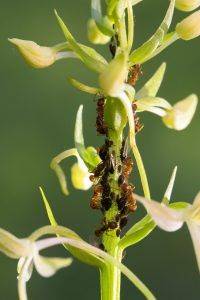 Colored chard is often attacked by pests such as wireworms, gray worms, aphids, beet flies and flea beetles.
Colored chard is often attacked by pests such as wireworms, gray worms, aphids, beet flies and flea beetles.
The wireworm (Agriotes lineatum), is a dark-colored, elongated beetle that produces wounds that are a breeding ground for different soil fungi.
The Gray worm (Agrotis segetum) is a Lepidoptera that severs the neck of colored chard seedlings that have just been sown.
Aphids (Aphis fabae) are very small insects that are located on the underside of the leaves of colored chard and can harm the marketing of the plant.
Beet flies (Pegomya betae or P. hyoscyami) are invertebrate insects that pierce the skin of colored chard and penetrate inside the tissues of the leaf blade.
Pulguillas (Chaetocnema tibialis) are beetles that produce round holes about 2 cm in diameter in the leaves of colored chard. The control of pests that affect colored chard is carried out using special and specific chemical products for each species.
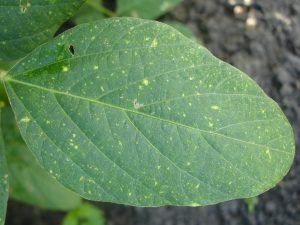 Colored chard can be affected by diseases such as Mildiu, Cercospora and also by various viruses.
Colored chard can be affected by diseases such as Mildiu, Cercospora and also by various viruses.
Mildew (Peronospora farinosa f. sp. Betae) affects the cotyledons and the first true leaves in the seedbed and later also the entire plantation.
The Cercospora (Cercospora beticola) covers the entire surface of the colored chard leaves with round spots and dries them up. Colored chard can be affected by viruses such as Beet Mosaic, Beet Yellows and Cucumber Virus I.
All these viruses cause yellowing and curling of the leaves, along with pale or dark green spots. To prevent and attack pests and diseases that can affect colored chard, the most important thing is prevention and the use of certified cultivation materials.
Bibliographic references
- Response of the chard crop Beta vulgaris var. cicla L. to foliar organic fertilization, FE Acosta Proaño – 2015 – repository.ug.edu.ec
- Changes in orchard soil properties and yield of Beta vulgaris var. Cycle (l) for the use of organic amendments, RV Comese, MG González, ME Conti – Soil Science, 2009 – Suelos.org.ar
- Effect of pruning frequencies on two varieties of Swiss chard (beta vulgaris var. cicla L.) in a protected environment, AJ Flores Suxo – 2007 – repository.umsa.bo
- Moisture retentive amendments in the cultivation of Swiss chard (Beta vulgaris var. Cycla) cv. Fordhook Giant, C.Y. Joya Hancco – 2019 – 190.119.243.88
- Evaluation of different doses of a nutrient solution and mixtures of substrates in the hydroponic cultivation of Swiss chard (Beta Vulgaris, var. cicla) under conditions of …, J Quintero, D Marcillo – 2015 – sired.udenar.edu.co
Maybe you are also interested in:

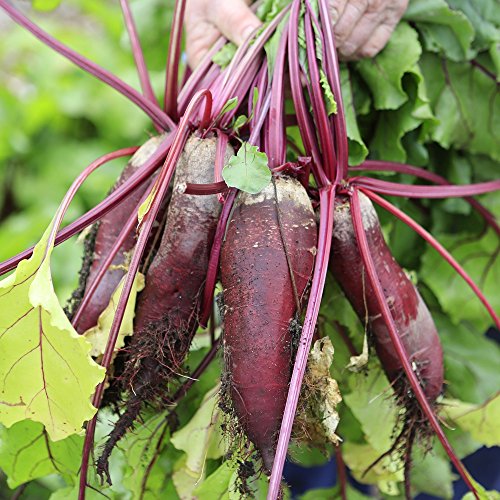
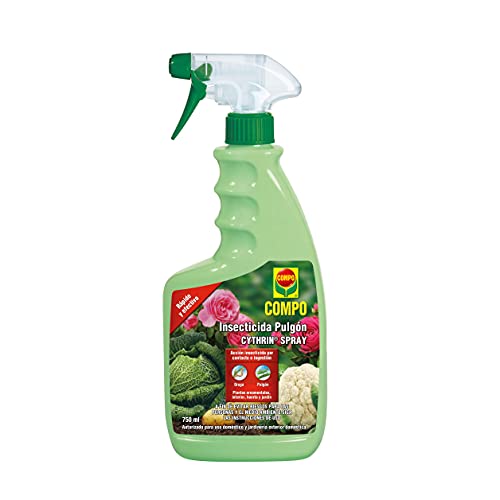
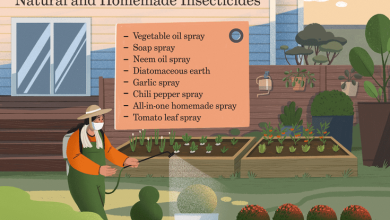
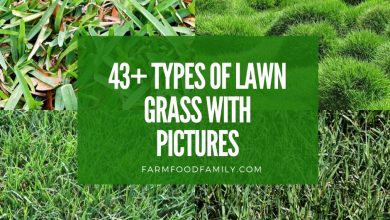

![Photo of Fern Care: [Soil, Humidity, Pruning and Problems]](https://www.complete-gardening.com/wp-content/uploads/2022/08/fern-care-soil-humidity-pruning-and-problems-390x220.jpg)